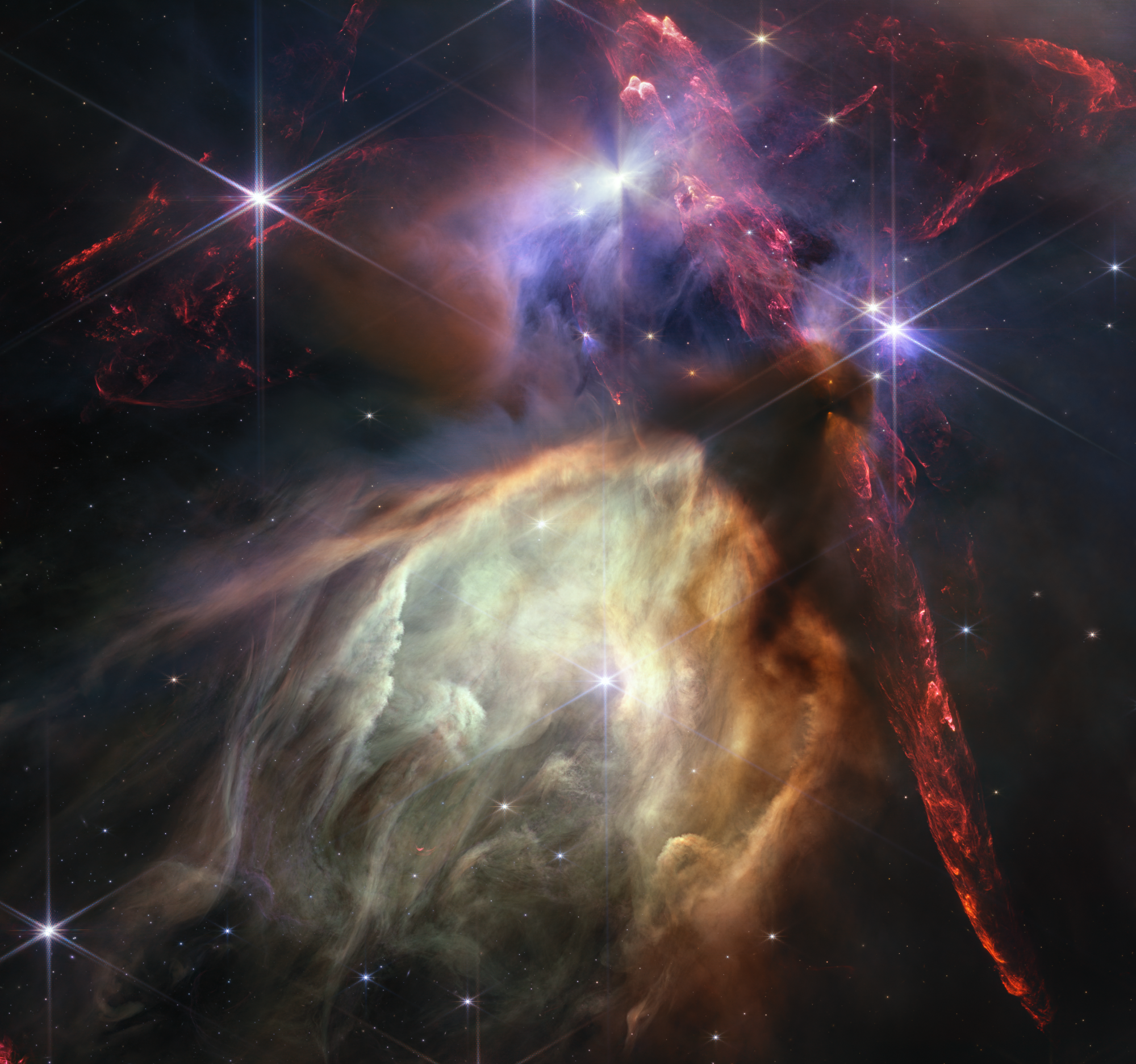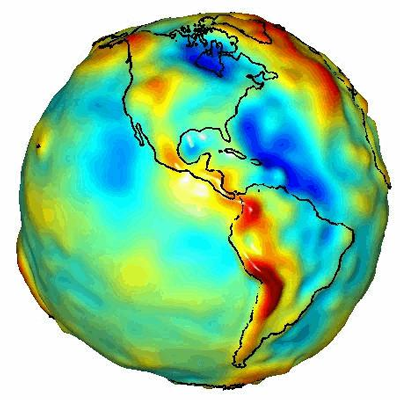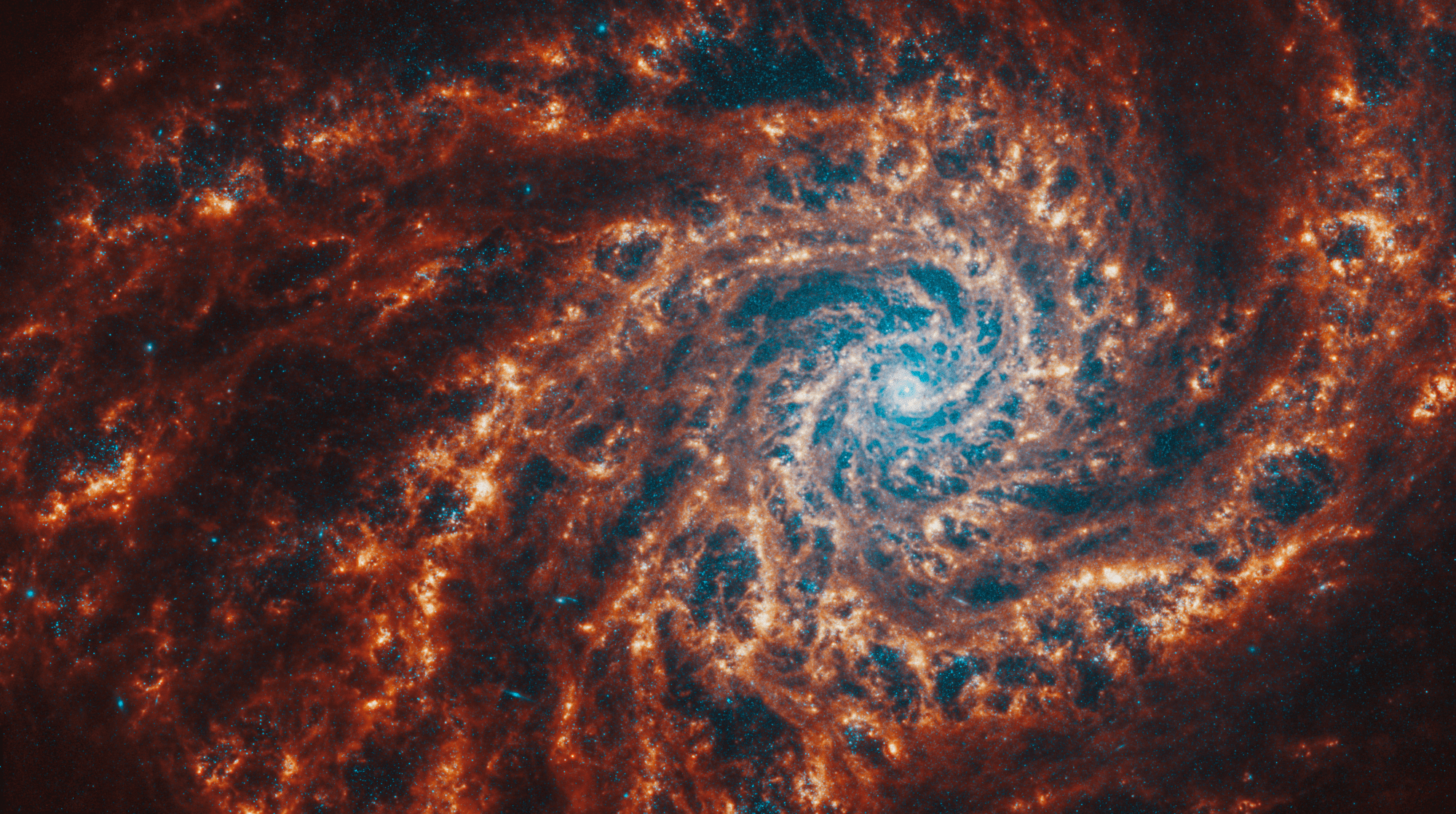
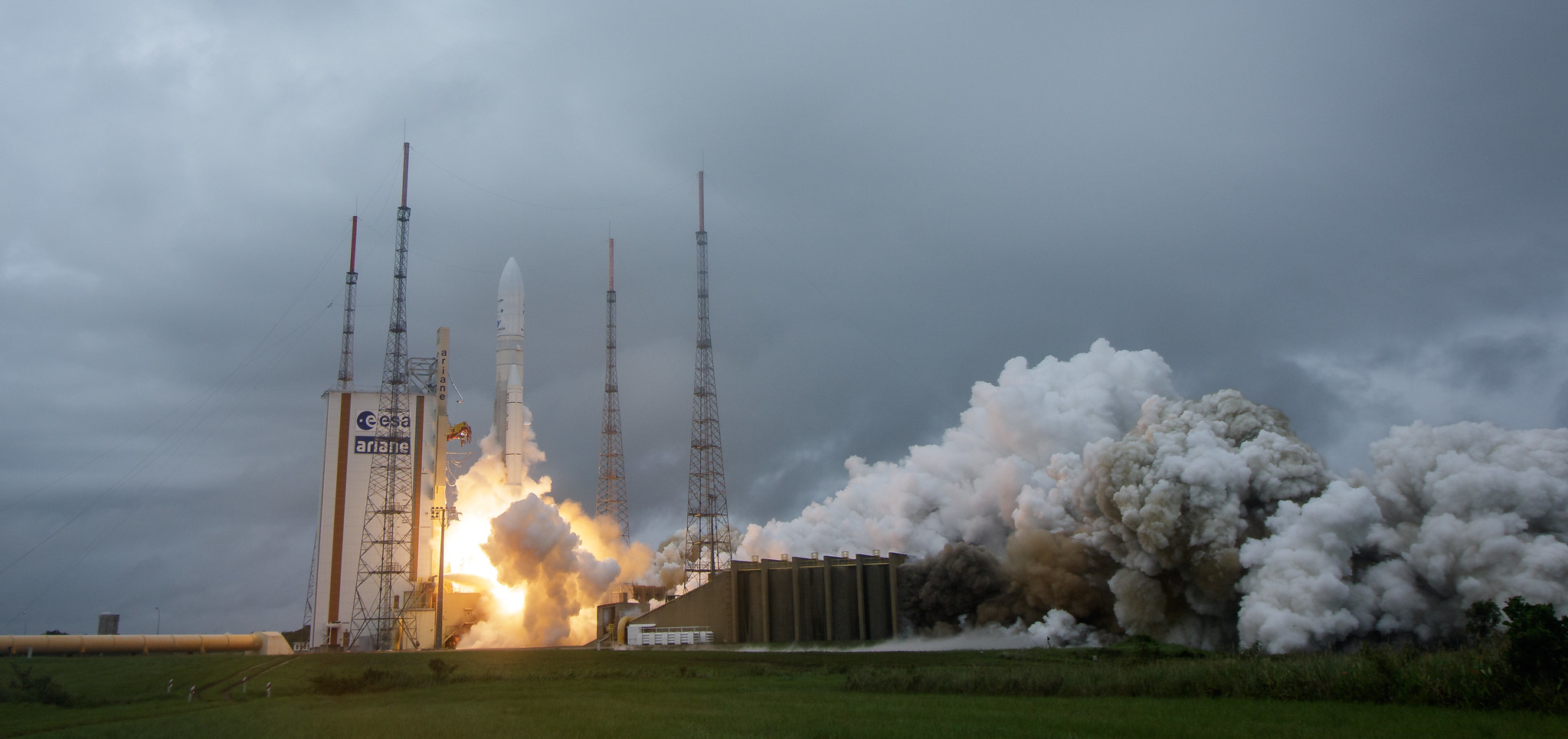
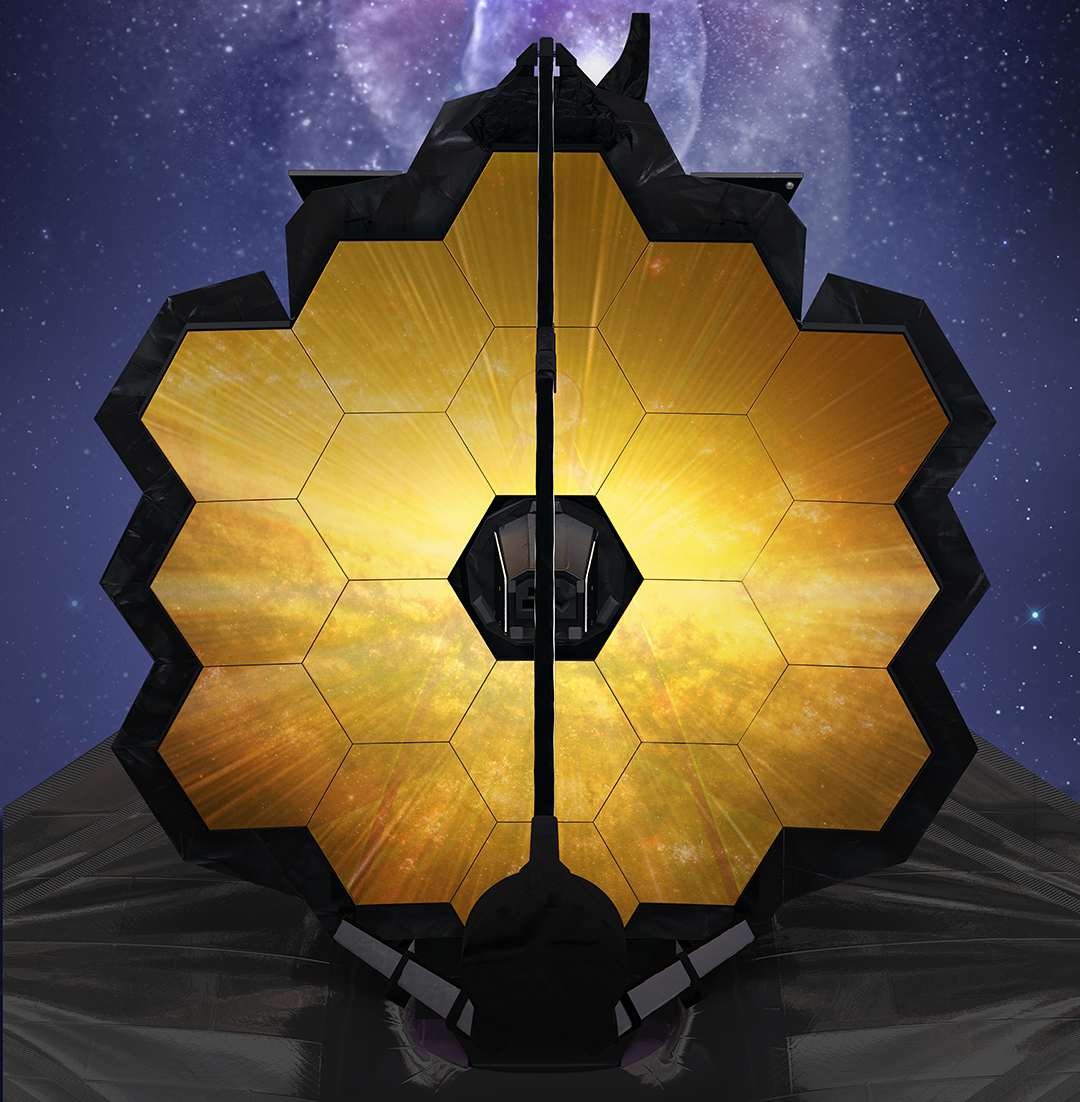
Webb Telescope Latest News
Webb's latest news releases in reverse chronological order going back to 2012.
What is Webb Observing?
See current, upcoming and recent past observations scientists are making with the Webb Space Telescope. View details about each observation's science focus areas, the instruments used and more.
View the Tool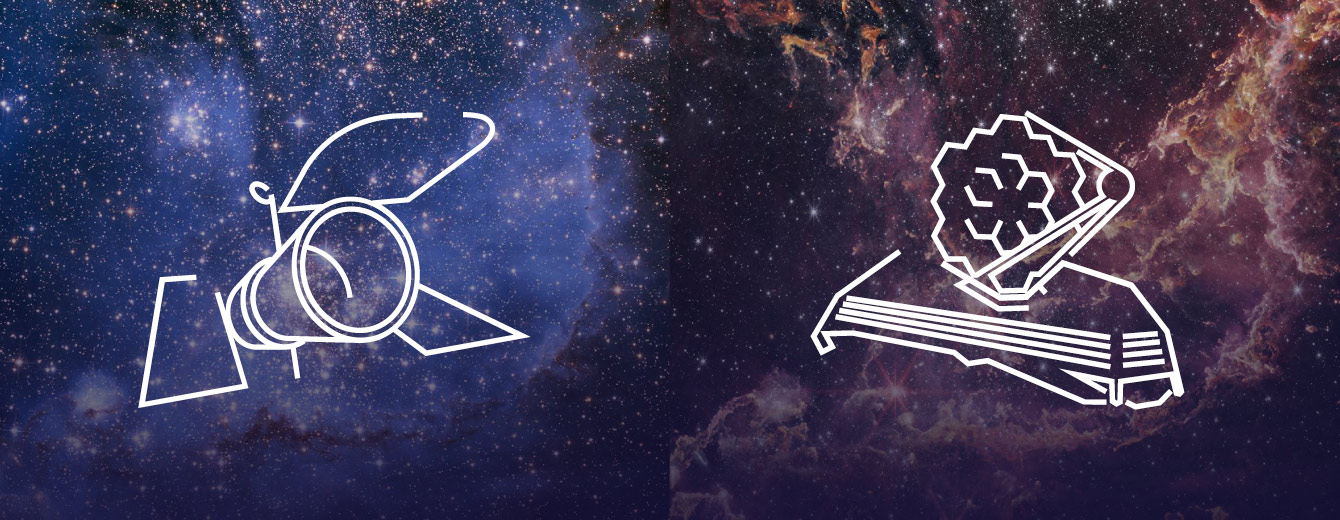
Webb News Feed
Search and sort the news feed with the controls immediately below.

How NASA’s Roman Space Telescope Will Illuminate Cosmic Dawn
Today, enormous stretches of space are crystal clear, but that wasn’t always the case. During its infancy, the universe was filled with a “fog” that made it opaque, cloaking the first stars and galaxies. NASA’s upcoming Nancy Grace Roman Space…

NASA’s Webb Images Cold Exoplanet 12 Light-Years Away
An international team of astronomers using NASA’s James Webb Space Telescope has directly imaged an exoplanet roughly 12 light-years from Earth. The planet, Epsilon Indi Ab, is one of the coldest exoplanets observed to date. The planet is several times…

NASA’s Webb Investigates Eternal Sunrises, Sunsets on Distant World
Near-infrared spectral analysis of terminator confirms differences in morning and evening atmosphere Researchers using NASA’s James Webb Space Telescope have finally confirmed what models have previously predicted: An exoplanet has differences between its eternal morning and eternal evening atmosphere. WASP-39…

Vivid Portrait of Interacting Galaxies Marks Webb’s Second Anniversary
Two for two! A duo of interacting galaxies commemorates the second science anniversary of NASA’s James Webb Space Telescope, which takes constant observations, including images and highly detailed data known as spectra. Its operations have led to a “parade” of…

NASA’s Begoña Vila Awarded 2024 Galician Excellence Award
Begoña Vila, an instrument systems engineer from KBR who worked on NASA’s James Webb Space Telescope, has been selected to receive the 2024 Galician Excellence Title in the Sciences and Medicine Category for her career and work on Webb. This award…

NASA’s Webb Captures Celestial Fireworks Around Forming Star
The colors within this mid-infrared image reveal details about the central protostar’s behavior. The cosmos seems to come alive with a crackling explosion of pyrotechnics in this new image from NASA’s James Webb Space Telescope. Taken with Webb’s MIRI (Mid-Infrared…

Bente Eegholm: Ensuring Space Telescopes Have Stellar Vision
Bente Eegholm is an optical engineer working to ensure missions like the Nancy Grace Roman Space Telescope have stellar vision. When it launches by May 2027, the Roman mission will shed light on many astrophysics topics, like dark energy, which…

Pillars of Creation Star in New Visualization from NASA’s Hubble and Webb Telescopes
Made famous in 1995 by NASA’s Hubble Space Telescope, the Pillars of Creation in the heart of the Eagle Nebula have captured imaginations worldwide with their arresting, ethereal beauty. Now, NASA has released a new 3D visualization of these towering…
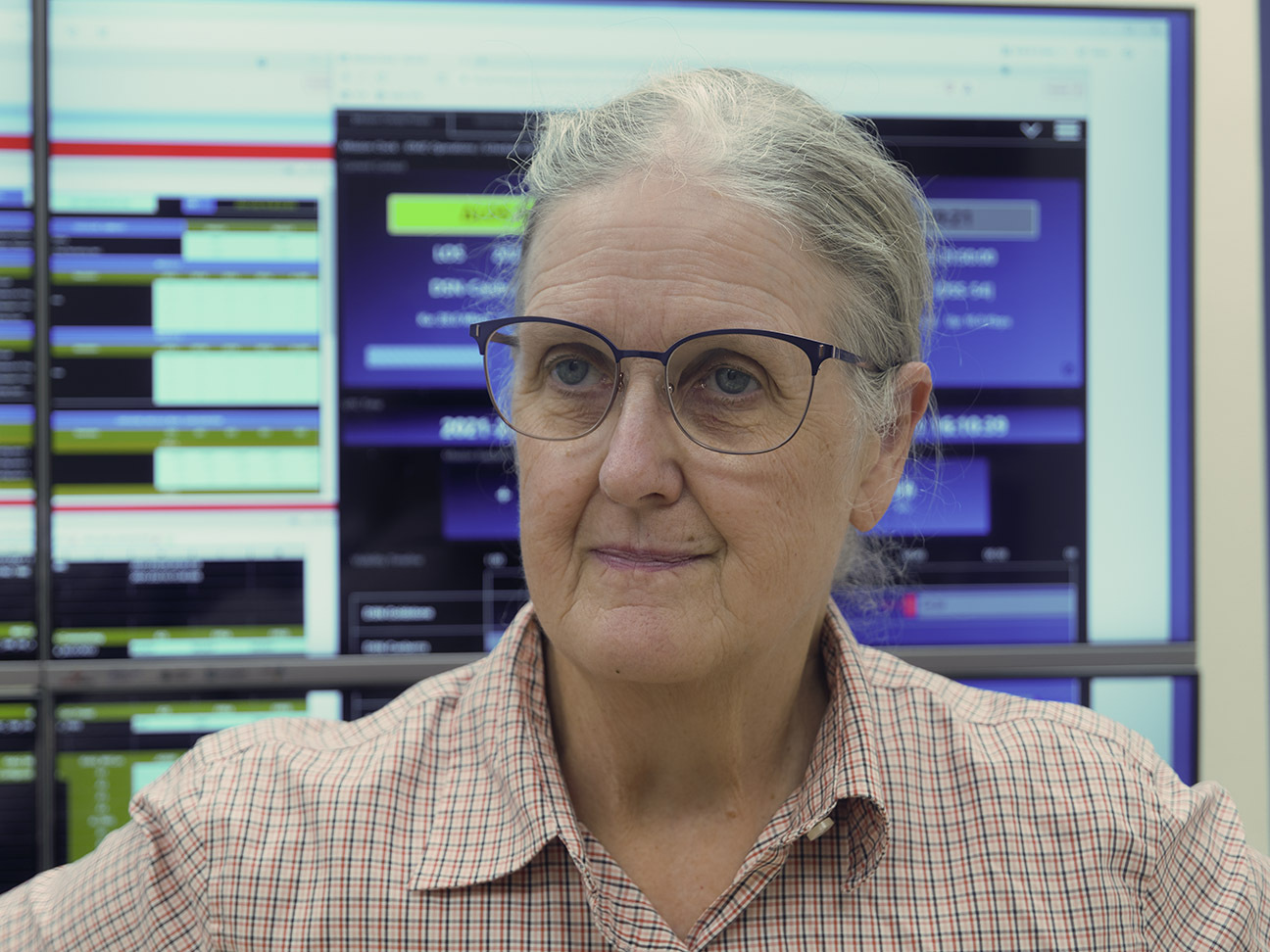
NASA Webb, Hubble Scientist Marcia Rieke Awarded Gruber Cosmology Prize
Marcia Rieke, a scientist who worked on NASA’s James Webb Space Telescope and Hubble Space Telescope, has received the Gruber Foundation’s 2024 Cosmology Prize. Rieke will receive the award and gold laureate pin at a ceremony August 8, 2024, at…
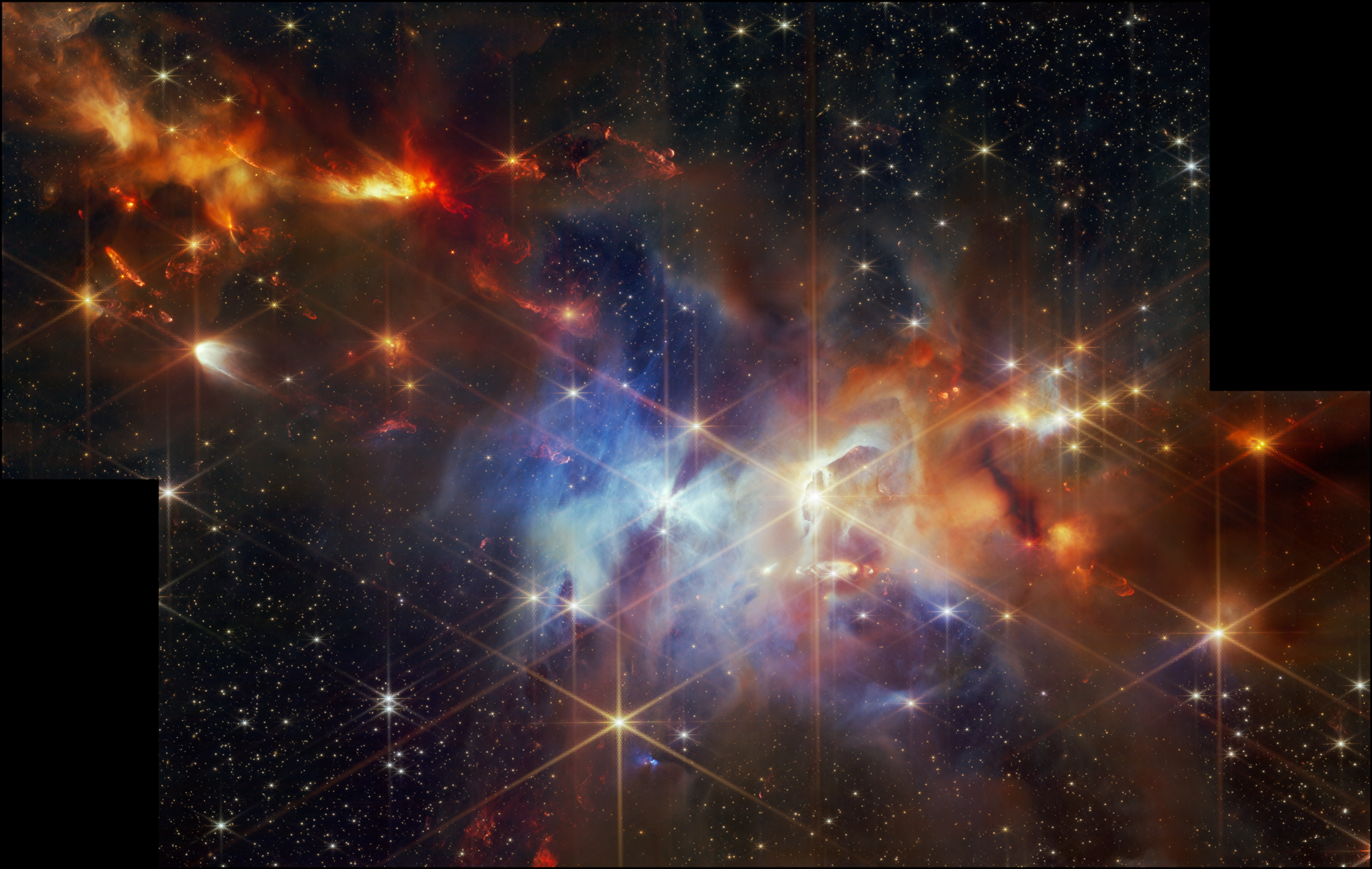
First of Its Kind Detection Made in Striking New Webb Image
Alignment of bipolar jets confirms star formation theories For the first time, a phenomenon astronomers have long hoped to directly image has been captured by NASA’s James Webb Space Telescope’s Near-Infrared Camera (NIRCam). In this stunning image of the Serpens…

Investigating the Origins of the Crab Nebula With NASA’s Webb
New data revises our view of this unusual supernova explosion. A team of scientists used NASA’s James Webb Space Telescope to parse the composition of the Crab Nebula, a supernova remnant located 6,500 light-years away in the constellation Taurus. With…

NASA’s Webb Reveals Long-Studied Star Is Actually Twins
Managed by NASA’s Jet Propulsion Laboratory through launch, Webb’s Mid-Infrared Instrument also revealed jets of gas flowing into space from the twin stars. Scientists recently got a big surprise from NASA’s James Webb Space Telescope when they turned the observatory…

NASA’s Webb Opens New Window on Supernova Science
Peering deeply into the cosmos, NASA’s James Webb Space Telescope is giving scientists their first detailed glimpse of supernovae from a time when our universe was just a small fraction of its current age. A team using Webb data has…

Webb Finds Plethora of Carbon Molecules Around Young Star
An international team of astronomers has used NASA’s James Webb Space Telescope to study the disk of gas and dust around a young, very low-mass star. The results reveal the largest number of carbon-containing molecules seen to date in such…

Galaxies Actively Forming in Early Universe Caught Feeding on Cold Gas
Researchers analyzing data from NASA’s James Webb Space Telescope have pinpointed three galaxies that may be actively forming when the universe was only 400 to 600 million years old. Webb’s data shows these galaxies are surrounded by gas that the…

NASA’s TESS Finds Intriguing World Sized Between Earth, Venus
Using observations by NASA’s TESS (Transiting Exoplanet Survey Satellite) and many other facilities, two international teams of astronomers have discovered a planet between the sizes of Earth and Venus only 40 light-years away. Multiple factors make it a candidate well-suited…

Webb Cracks Case of Inflated Exoplanet
Why is the warm gas-giant exoplanet WASP-107 b so puffy? Two independent teams of researchers have an answer. Data collected using NASA’s James Webb Space Telescope, combined with prior observations from NASA’s Hubble Space Telescope, show surprisingly little methane (CH4)…
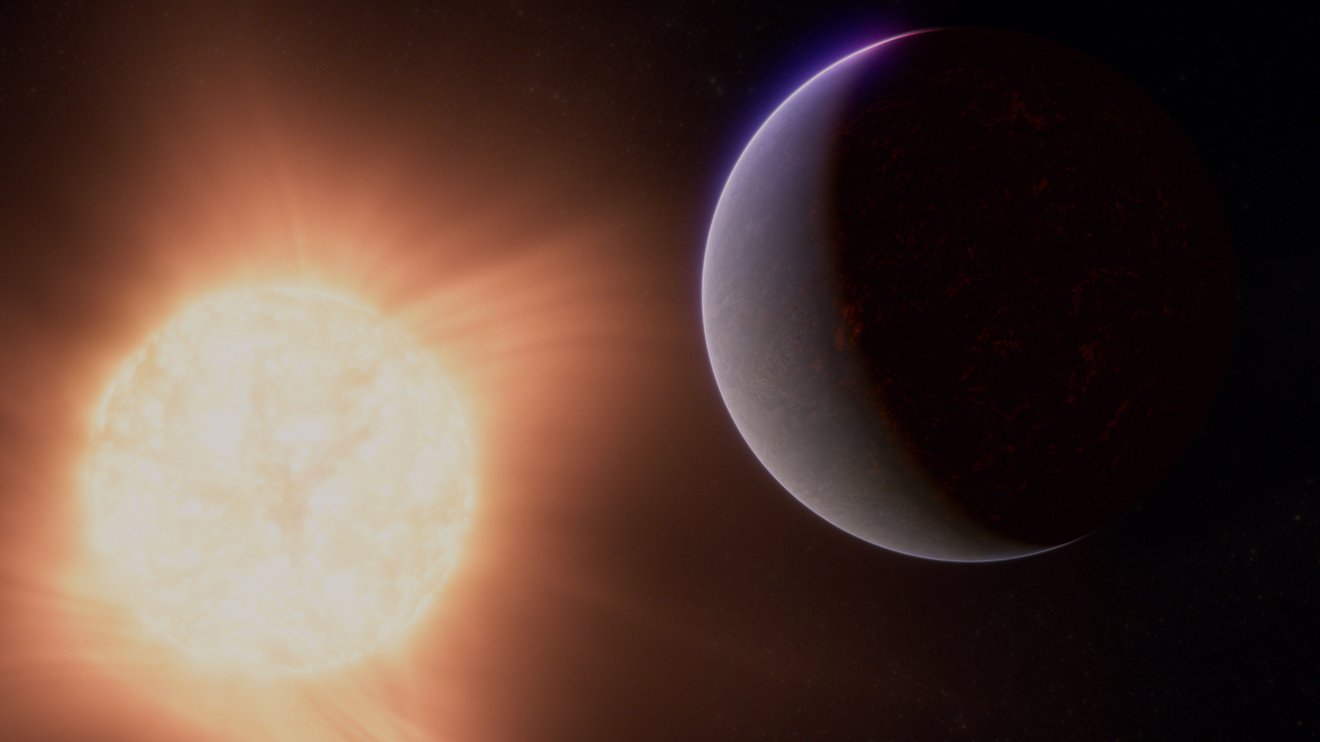
NASA’s Webb Hints at Possible Atmosphere Surrounding Rocky Exoplanet
While the planet is too hot to be habitable, detecting its atmosphere could provide insights into the early conditions of Earth, Venus, and Mars. Researchers using NASA’s James Webb Space Telescope may have detected atmospheric gases surrounding 55 Cancri e,…
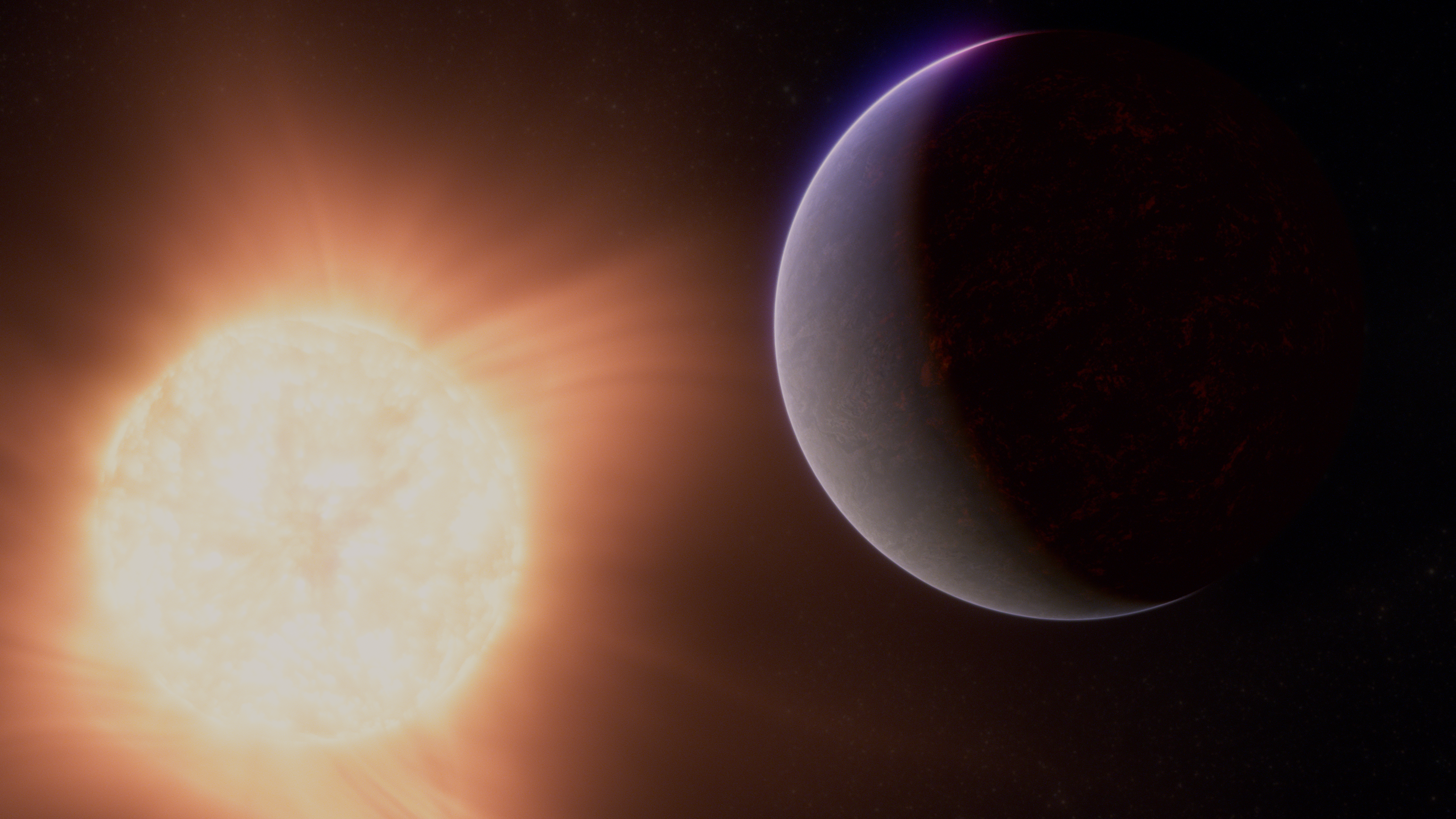
NASA’s Webb Hints at Possible Atmosphere Surrounding Rocky Exoplanet
Researchers using NASA’s James Webb Space Telescope may have detected atmospheric gases surrounding 55 Cancri e, a hot rocky exoplanet 41 light-years from Earth. This is the best evidence to date for the existence of any rocky planet atmosphere outside…

Former NASA Center Director, Scientist to Receive Presidential Medals
President Joe Biden will present Dr. Ellen Ochoa, former center director and astronaut at the agency’s Johnson Space Center in Houston, and Dr. Jane Rigby, senior project scientist for NASA’s James Webb Space Telescope, each with the Presidential Medal of…

